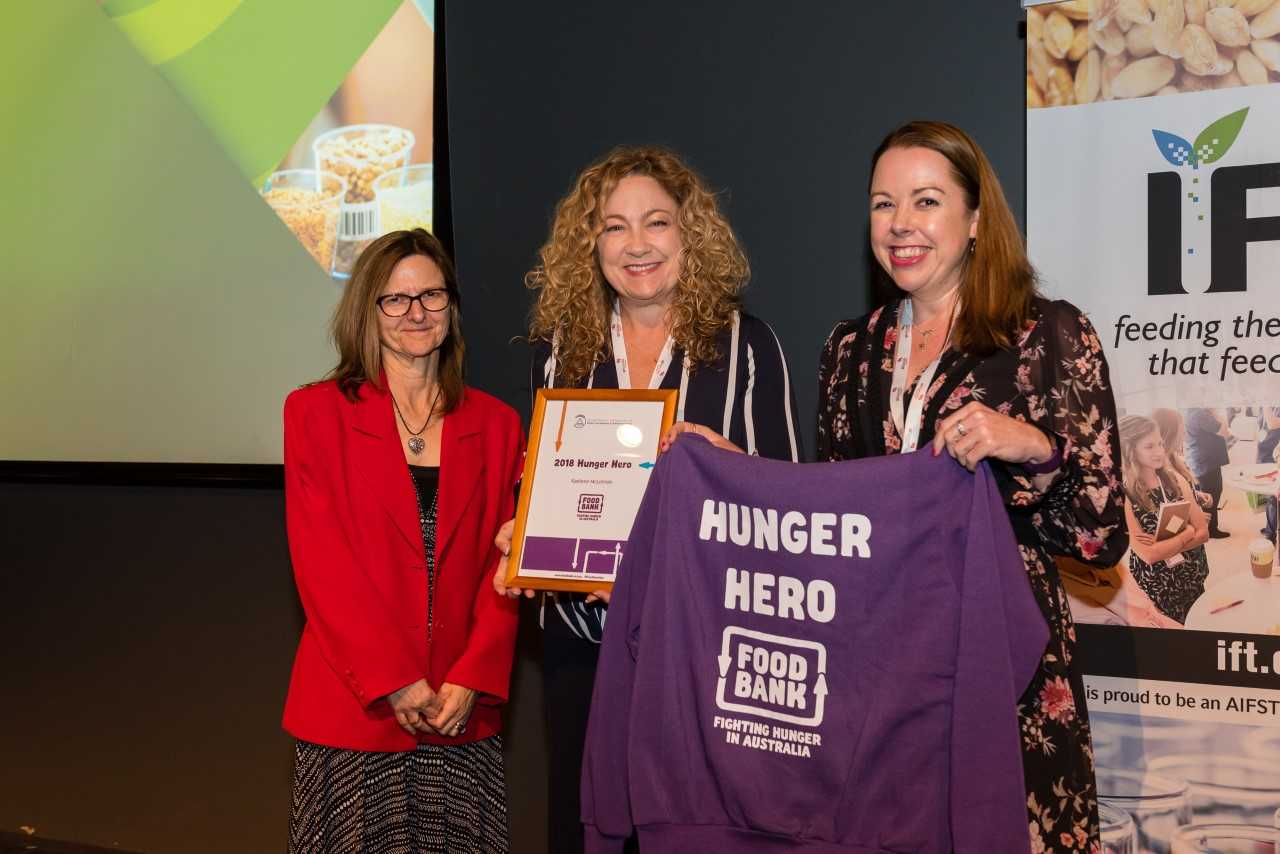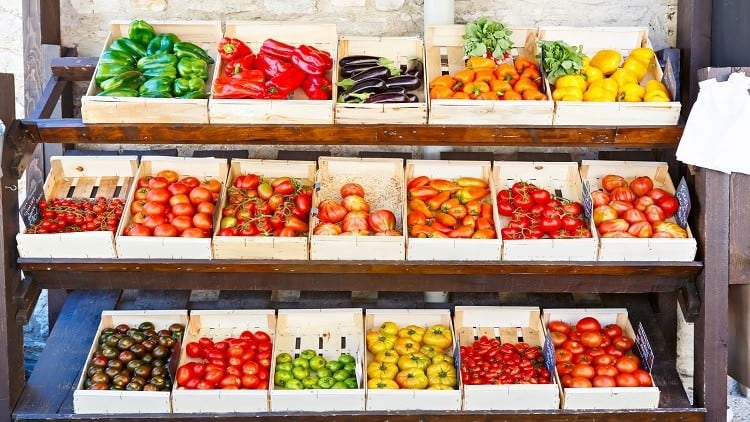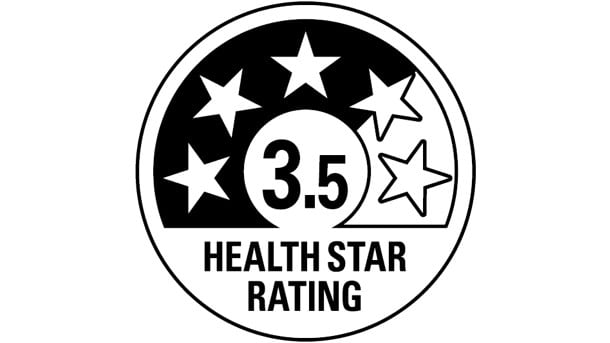Brianna Casey said it was shameful that the country had a A$20bn food waste problem at the same time that one-in-five Australian children had experienced food insecurity, said Casey.
“If we are to deliver on the United Nations Sustainable Development Goals, not only do we need to halve per capita food loss, but we also need to achieve zero hunger, and we are an awfully long way from achieving either of those goals right now,” she said.
Food insecurity, defined by the United Nations as ‘A situation that exists when people lack secure access to sufficient amounts of safe and nutritious food for normal growth and development and an active and healthy life’, is surprisingly common in Australia.
“Put in simple terms, it’s not having the means by which to regularly and routinely put a meal on the table, or experiencing uncertainty about where your next meal might be coming from,” explained Casey.
“It’s an alarmingly common situation here in Australia. [The] 2017 Foodbank Hunger Report found that 3.6 million Australians experienced food insecurity in the last 12 months, [and] Foodbank’s Rumbling Tummies report […] found that more than 1 in 5 Australian children have experienced food insecurity in the last 12 months.
“This makes food insecurity one of the most significant social policy challenges facing Australian communities today,” she added.
According to Australia’s National Food Waste Strategy, A$20 bn is lost to the Australian economy through food waste, with problems occurring all the way along the supply chain.
This starts from the farm where up to 25% of all vegetables produced never making it off the premises, all through to households with 3.1 million tonnes of edible food disposed of yearly
Foodbank Australia collaborates with the entire Australian food and grocery industry, from farmers and wholesalers to manufacturers and retailers, to tackle both food insecurity and food waste. It is the largest food relief organisation in the country.
The organisation conducts ‘food rescue operations’ that aim to address food waste issues by redirecting and/or repurposing approximately 32 million kilograms of food and groceries that may otherwise end up in landfill
“Australia produces enough food for at least 60 million people, so the issue is not so much that there is not enough food, but that the food isn’t getting to the right places in the right time to avoid waste and help address food insecurity,” said Casey.
Large companies are handling it better than most
Foodbank partners with more than 60 national and multinational food and grocery companies, retailers and major fresh produce suppliers to help them identify where waste is occurring in their supply chain.
“[We help to ensure] that if there is surplus product, or food that is still fit for human consumption, we can ‘rescue’ it and give it a much better home than landfill,” said Casey.
“[Our challenge] is that as our farmers and food and grocery manufactures become more and more efficient (which we commend), there is less product for us to rescue, despite demand for food relief increasing year on year.
“The great news [though], is that large companies are countering this by making proactive food and grocery donations as part of their commitment to social responsibility.”
Some examples include meat producer Primo, rice company Sunrice, dairy giant Fonterra, and Woolworths grocery, which specifically allocate products in their respective specialties for donation.
Commenting on the effectiveness of these efforts, Casey commended the commitment by the companies, but stressed the need for more to be done, particularly at the consumer end-point.
“What is clear is that behavioural change is required, particularly at the household level. We need consumers to recognise they are not only part of the problem, but importantly – part of the solution,” she said.
What about the role of Small Medium Enterprises (SMEs)
However, when it comes to SMEs, financial drivers often come into play when dealing with these issues.
“[It] is often cheaper to dump a product than to donate it, particularly once transportation is factored in,” explained Casey.
“That’s why Foodbank is working so hard in the advocacy space, seeking policy and legislative solutions [and also to] incentivise the transportation of donated food/groceries.”
“[We recognize] transport is one of the greatest barriers to us being able to source more food, and the greatest enabler for us in terms of tackling food insecurity.”
Dealing with dissenting voices
Many current solutions to dealing with food waste still often meet with opposition, with dissenters saying that the socio-economical cost of these programmes might not be worth the effort (e.g. loss of jobs, using more money to come up with food waste handling programmes, etc.).
That said, Foodbank Australia remains undeterred in its mission.
“[Food] waste costs Australian households, on average, A$ 2200-A$ 3800 per annum, and the total cost of agricultural food losses to farmers is almost A$3 bn,” said Casey.
“Sending surplus or food waste to landfill is a significant cost to business, and we are determined to see a situation where donating product to Foodbank is not only seen as the right thing to do (both socially and environmentally), but also the most cost-effective solution.”
“Addressing food waste shouldn’t cost businesses and households money. It should in fact save them money!”
Moving forward
Foodbank is involved in quite a number of government and legislative-level actions with regard to food waste.
“We have called on the Federal Government to develop a long-term, whole of government food security strategy, noting that this is an issue as relevant to Social Services, Health, Education and Agriculture as it is to Environment, Infrastructure and Transport, Regional Development and Treasury,” said Casey.
“Foodbank will be back at Parliament House in mid-October […] and with a Federal Election just around the corner, we are hopeful that there will be a bi-partisan commitment to introducing this much-needed strategy.”
“Whilst solving Australia’s food waste problem isn’t enough on its own to achieve zero hunger, it will certainly go a long way towards helping Foodbank close the gap between supply and demand for food relief.”





